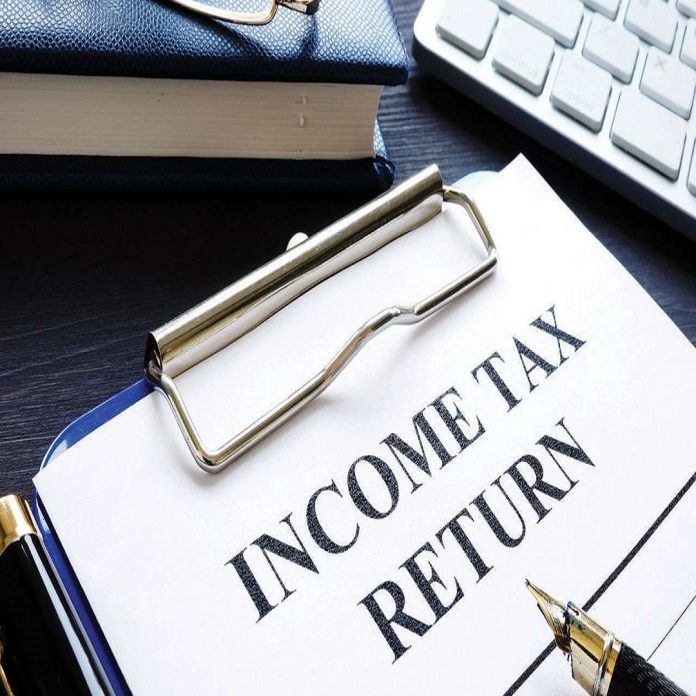Individual taxpayers must file Income Tax Return-1 or ITR 4 for the prior fiscal year (2020-21) ending March 31 by July 31. The deadline for companies and firms whose finances must be audited is October 31. However, in order to accommodate taxpayers’ needs, these deadlines have been extended.
Due to the Corona pandemic, the Income Tax Department has extended the deadline for filing income tax returns for the fiscal year 2020-21. This would not only bring significant relief to ordinary taxpayers, but it will also lessen the compliance burden on businessmen who are struggling in the current economic climate.
Individual taxpayers who file ITR-1 or ITR 4 for the previous financial year (2020-21) ended March 31 must do so by July 31 according to the Income Tax Rules. The deadline for companies and firms whose finances must be audited is October 31. However, in order to accommodate taxpayers’ needs, these deadlines have been extended.
ITR has a new deadline.
Individuals now have until September 30 to file tax returns for income generated in the fiscal year 2020-21, rather than July 31. The deadline for filing company returns has been extended by the Central Board of Direct Taxes (CBDT) from October 31 to November 30, 2021.
Revised returns have a new deadline.
A taxpayer who has not submitted his return by the deadline can file a Belated ITR, but he will be charged a penalty for doing so. The deadline for filing a Belated ITR or Revised ITR has been extended to January 31, 2022.
The deadline to submit Form 16 has passed.
The CBDT has also extended the deadline for submitting Form 16 to be supplied by the employer to the employee till July 15, 2021, according to a circular. Its previous deadline was June 15th.
A new tax structure
From April 1, 2020, the government will implement a new tax system for taxpayers. It’s critical to understand what will happen under this new tax structure, who will benefit from it, and who should avoid it. To begin, learn what’s in the new slab.
No tax will be payable
on annual income up to Rs 2.5 lakh, annual income of Rs 2.5 lakh to 5 lakh
will
attract 5% tax, annual income of Rs 5-7.5 lakh will attract 10 percent tax 10 percent on annual income of Rs 7.5-10 lakh Tax take
from 10 to 12.5 million on an annual income of Rs would give 20 percent tax
will be 25 percent tax on annual income of Rs 12.5 to 15 million
will have to pay 30 percent tax on annual income above 15 million
Is it better to switch to a new tax bracket or not?
Taxpayers can migrate from one tax slab to another, and they can also return from one tax slab to another. However, this exception is only available to a select group of taxpayers. Employed can return by visiting the new slab. Employed people have the option of changing tax brackets every fiscal year. Those who earn money from a job, rent, or other sources can change their tax bracket at any time. You can only shift once if you have a company income. Once a businessperson has switched, he or she is unable to return.
You may be eligible for the new system if you are a doctor, lawyer, engineer, or chartered accountant. The unique feature is that every year you can select between a new or old scheme.



